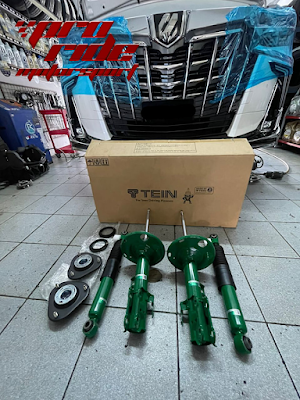Oil Filter Lifespan: Why you should always service your car on time!
Oil is the lifeblood of the engine in your car. Plain and simple. But as the oil circulates through the engine, it picks up any number of contaminants (in simple terms, dirt). That dirt can obviously damage your engine. And over time, that dirt can bring the engine to its death.
How do oil filters work?
Early internal combustion engines did not use oil filters and, coupled with the poor quality of oil available at the time, vehicles required frequent oil changes. Eventually, the first full-flow oil filtration system was developed. Basically, this arrangement allowed for the oil to flow through the filter before it reached the critical working components inside the engine.
So far so good, but there was (and still is) a big caveat: The vast majority of pressurized lubrication systems found in internal combustion engines incorporate some form of filter by-pass to protect the engine from starvation under certain circumstances. A good example is very cold weather. In this situation, if the oil is too thick, it is allowed to bypass the filter. Oil can also bypass the filter when the filter is plugged. Because of these events, oil is sometimes not filtered, even when the engine is fitted with a full-flow oil filter.
In operation, oil enters the oil filter through a series of small holes on the outer edge of the base flange. The oil is then directed through the filter, eventually making an exit into the engine through the large center hole. Most modern oil filters are equipped with an anti-drainback valve. This is often some form of rubber membrane that covers the perimeter holes in the base flange. The membrane is forced aside as oil enters the filter case. When the engine is not running, the rubber membrane covers the holes. Obviously, the anti-drainback valves maintain oil within the filter. In turn, they prevent engine dry starts (when the engine is started with no oil).
The filtered facts
- The car oil filter required for the vintage six-cylinder Buick is far different from the one found on the 7,000 (or more) horsepower Top Fuel dragster. In both cases, the mission is the same: Keep the oil clean.
- Filters are not created equal. The intended application for a given oil filter has a big impact on the design and engineering of the component. Internally, a racecar’s oil filter is far different from a passenger car’s filter.
- In a typical passenger car engine, oil enters the filter at the filter pad, most often part of the engine block. From here, it circulates through the series of smaller holes in the outer perimeter of the filter. At this point, oil is forced through the filter element (from the outside, in) and eventually is forced toward the center of the filter (going back into the engine through the large threaded hole below the pointer).
- When a filter does its job, internal engine components – such as the connecting rods, camshaft and valvetrain – are protected from contaminants that can cause major damage. These components are expensive. Picking the right oil along with the right filter can definitely promote long engine life.





Comments
If anyone wants to make sure their oil and filtration system are maintained properly, a trusted car repair center like car repair can help keep everything running smoothly and extend engine life. Regular checks truly make all the difference!